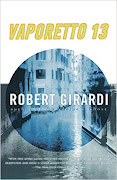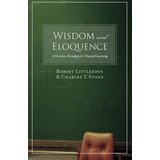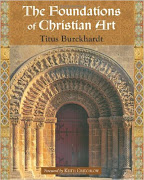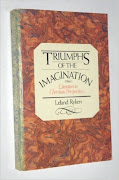Larry Siedentop’s book
Inventing the Individual looks at Western history from the birth of
Christianity until the fifteenth century, observing how concepts of the
individual, specifically individual rights, developed. The book begins with the
pre-Christian classical world of Greece and Rome, establishing some of the
basics of ancient religion, such as the development of religion within
families, then clans, then tribes, then associations of tribes in cities. The
religion started with a family hero; as the families grew so did the mythology.
As tribes associated to form cities, gods represented natural phenomena and
events as it was easier for different families to agree, rather than competing
family heroes. Since religion was in the family, exile from the family meant
loss of identity, because the exiled also lost their religion.
From these family religions St. Paul turned the world upside down with his teachings on moral equality. (I would add Jesus taught from the same perspective.) With moral equality comes individualism.
"For Paul, belief in the Christ makes possible the emergence of a primary role shared equally by all (‘the equality of souls’), while conventional social roles – whether of father, daughter, official, priest or slave – become secondary in relation to that primary role. To this primary role an indefinite number of social roles may or may not be added as the attributes of a subject, but they no longer define the subject. That is the freedom which Paul’s conception of the Christ introduces into human identity." (62)
Chapter four is the key chapter of the book, explaining how Paul’s teachings
fostered individuality. The teaching that humans were equal in God’s sight was revolutionary
to the ancient world.
After Rome fell the
church became the central authority. Christianity starts to merge with politics
when medieval cities evolve out of basilicas, and bishops serve as de facto
rulers. “The social evolution of the new kingdoms can be inferred from the
successive law codes that they promulgated from the fifth to the seventh
century” (137). Bishops also became advisors to leaders. Aside from the power
within the church, the church exerted influence on all leaders. Charlemagne and
his clerical advisers increasingly relied on ‘rhetoric of the Christian people’
when addressing the relationship between the ruler and the ruled. Charlemagne
wanted that every man understood the oath taken, so as to be liable, and this
led to conveying the oath in the vernacular. The oath was to serve Charlemagne
“with all my will and with what understanding God has given me” (153). But
after Charlemagne’s death, “the threat to political unity was a threat to the
universality of the church’s mission. “That is why a ‘political’ will began to
form within the church. Previously, it had worked in concert with secular
rulers – to ‘civilize’ barbarian laws with the help of Roman law” (175).
During the tenth
century the church was threatened within by the appointments of bishops by
secular rulers. Some bishoprics became hereditary. The papacy became the
‘plaything’ of aristocrats. With papal reforms, however, the church developed
its own court system. Corporate law arose, in part, in response to the papal
authority. Corporate law represented the people. “It [liberal thought] emerged
as the moral intuitions generated by Christianity were turned against an
authoritarian model of the church” (332).
During 12th century the papal order of authority and law was attempted in the secular world, but not so easily. Not only did kings compete, but different forms of government competed, such as feudalism vs. monarchy. This led to kingships being established over territories. Under the secular authorities, urban insurrections started in the 11th-12th centuries. These often led to drawing up charters between the overlords and citizens of cities, which became the basis of later constitutions.
Proto-liberal beliefs
developed within the church by the 15th century. They included “the belief in
moral equality and a range of natural rights, in a representative form of
government and the importance of freer enquiry” (333).
In his history Siedentop confronts some popular misconceptions, such as the church hindered individuality (a modern concept), when it actually fostered it. Siedentop also addresses the concept that the Renaissance was the period of individuality, when the assertion and protection of the individual started in the pre-modern period. The Epilogue of the book addresses these contemporary perspectives. The book provides the historical context to look at a holistic perspective.
P.S. This could make for a good comparison to Charles Taylor’s Sources of Self.






